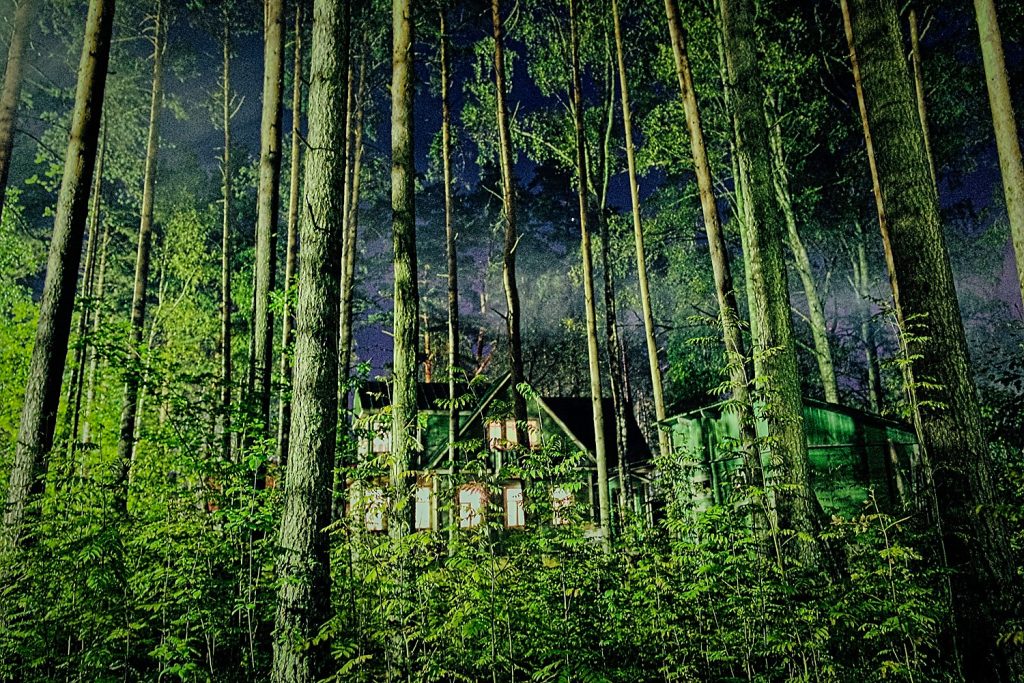
The fairytale forest villages usually have no more than a few hundred permanent residents. Some even less than hundred. In the summer, that number grows by several thousand. Between May and November the city-dwellers escape the hustle and bustle and seek out their picturesque country homes. I am talking about the small villages located in the forests on the Karelian Isthmus, between Vyborg and St. Petersburg. Within walking distance of the beaches of the Gulf of Finland and surrounded by countless small lakes. The area was originally part of Finland, but after World War II it was absorbed by the USSR and is now integrated in the Russian Federation.
Classic Finnish Style
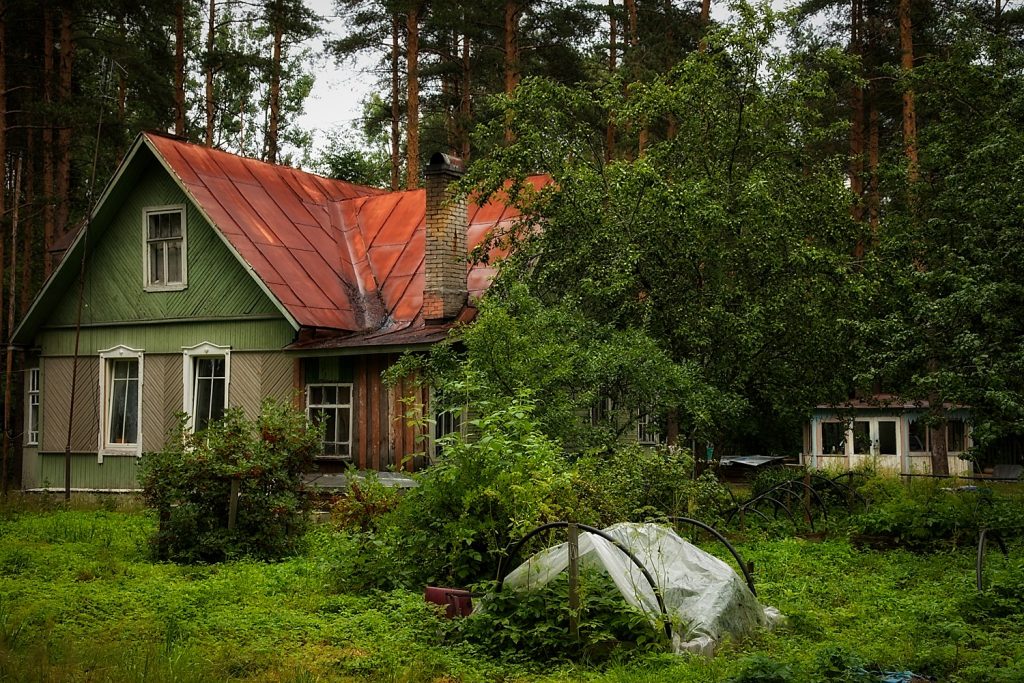
Before the first world war, a lot of ground and homes were already purchased by wealthy Russian residents of Saint-Petersburg. The Russian elite were willing to pay a high price for such a rustic wooden country house in classic Finnish style.
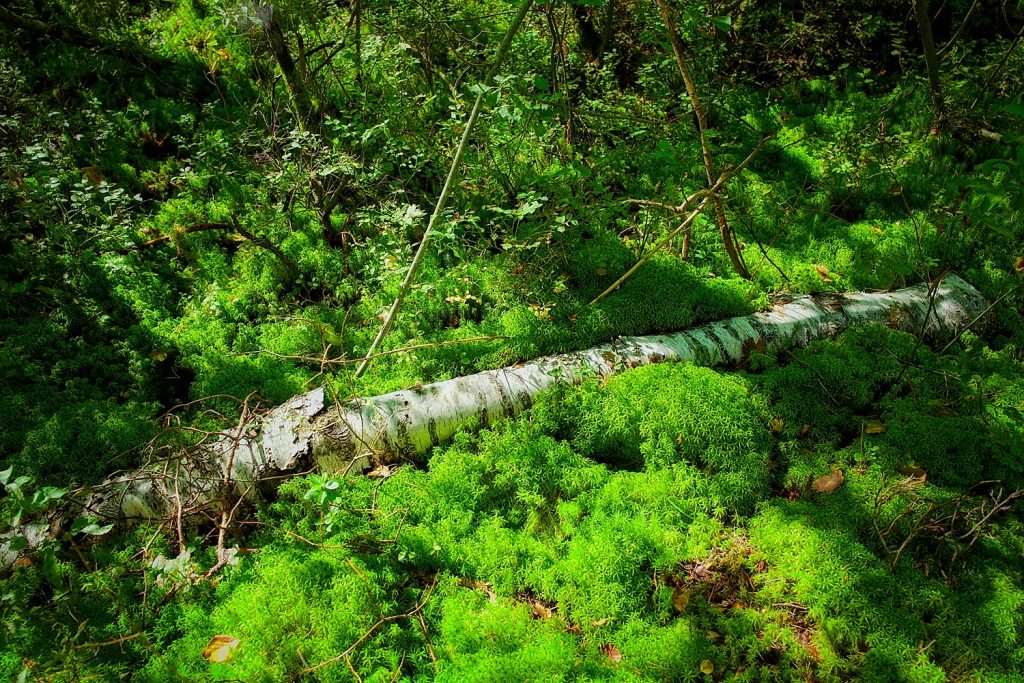
Initially, it was rich Russian intellectuals. Poets and writers flocked en masse to the Finnish forest with its thick moss-covered beds. The House of Creativity of the Russian Literary Society is still located there. Due to overdue maintenance, it had to close its doors two years ago, but the woodpeckers still live there.
Conservatory on every floor
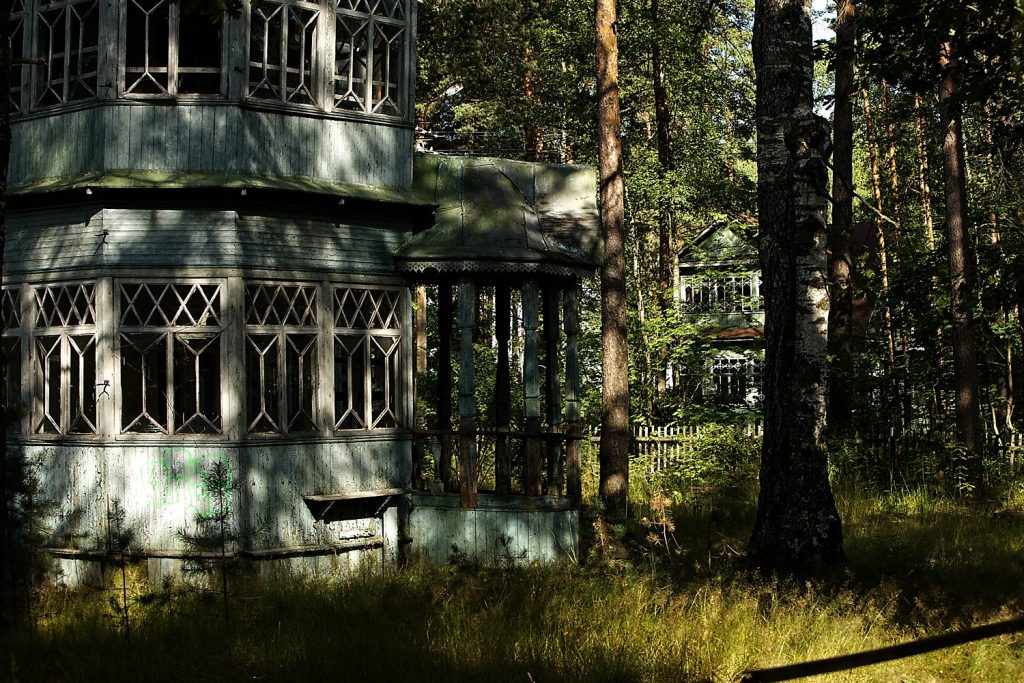
In the 1920s and 1930s, it was mostly party-bosses who sought refuge in the region. They built their country estates, known as dachas, on spacious plots of land. And in this case we are not talking about small 2 bedroom sheds. These are huge 3-4 storey houses with a big glass conservatory on every floor. And balconies all around, and finished with woodwork and rustic porches. The Communist elite needed peace and quiet, but in luxury.
After the Second World War, the area was absorbed into the USSR and now it was the turn of the Russian intelligentsia to move to the forests. They often earned building-permission as part of a government award, eg polar-explorers, scientists and the builders of Sputnik.
No Wild West in the fairytale forest
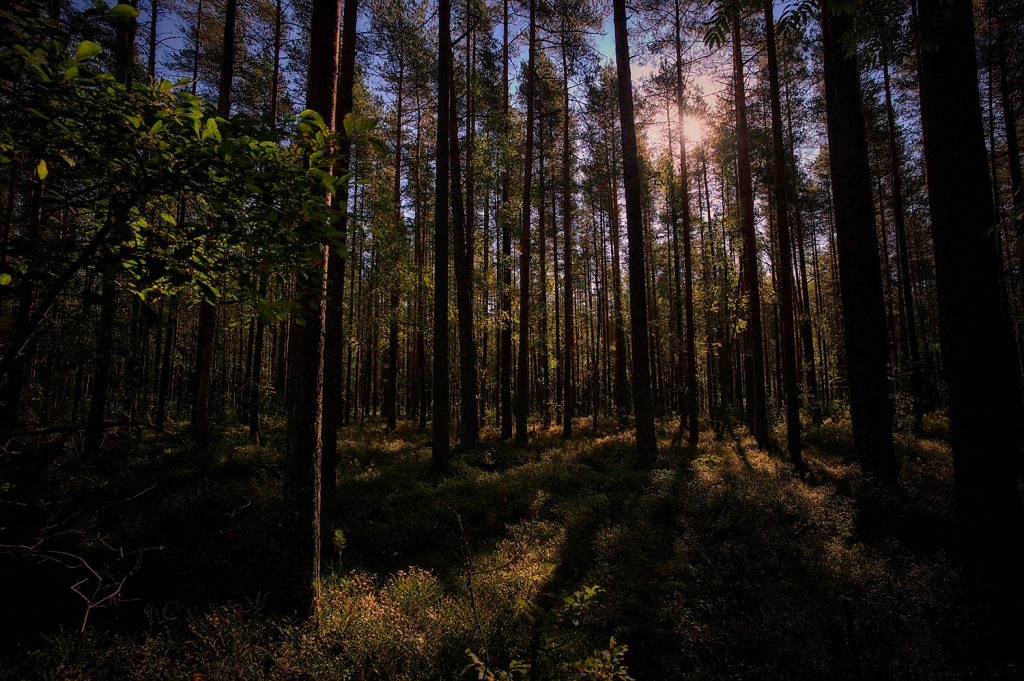
If you got permission to build a house, you had to comply with strict rules. You were not allowed to build on or at the beach. You had to respect the forest and were not allowed to cut down healthy trees. The Finnish style was to be maintained. So you could only build wooden houses in soft pastel shades. They had wood-burning stoves and beautifully decorated windows. Matching sheds and wells were placed on a sandy soil dotted with blueberries. It was okay to fence off your land in order to keep the moose out. But you had to make use of fragile slats. The lines of sight in the forest were not to be disturbed. The forest was so rustic and desolated, that you would almost forget that a cold war was raging.
Hibernation
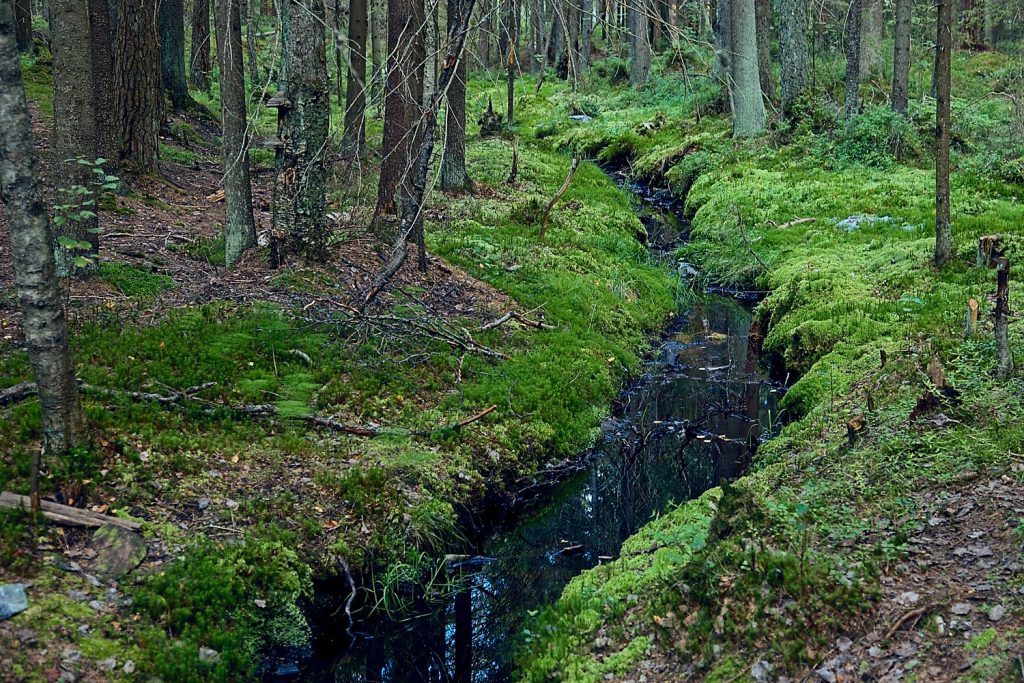
In the 1970s, the fairy tale forest slumbered in a deep hibernation. Untouched, it survived Brezhnev, Andropov, and Chernenko. It slept through Gorbachev’s Perestroika and subsequently survived Yeltsin with his jokes, pranks, and uprisings.
The permanent- and summer residents enjoyed their peace and quiet, their customs and traditions. Three times a week people cued up on a sandy square for a truck bringing fresh milk and white cheese. For the rest of the groceries they depended on mobile vendors that irregularly brought vegetables, meat and fish. And for the rest each village had one or two tiny shops that basically sold everything. At their leisure, the people painted their dachas, repaired the metal roofs, and built new wells. And they cut down dead trees. Some houses were abandoned and fell into disrepair, others burned down. A few were renovated. Not much really changed.
Enter Putin
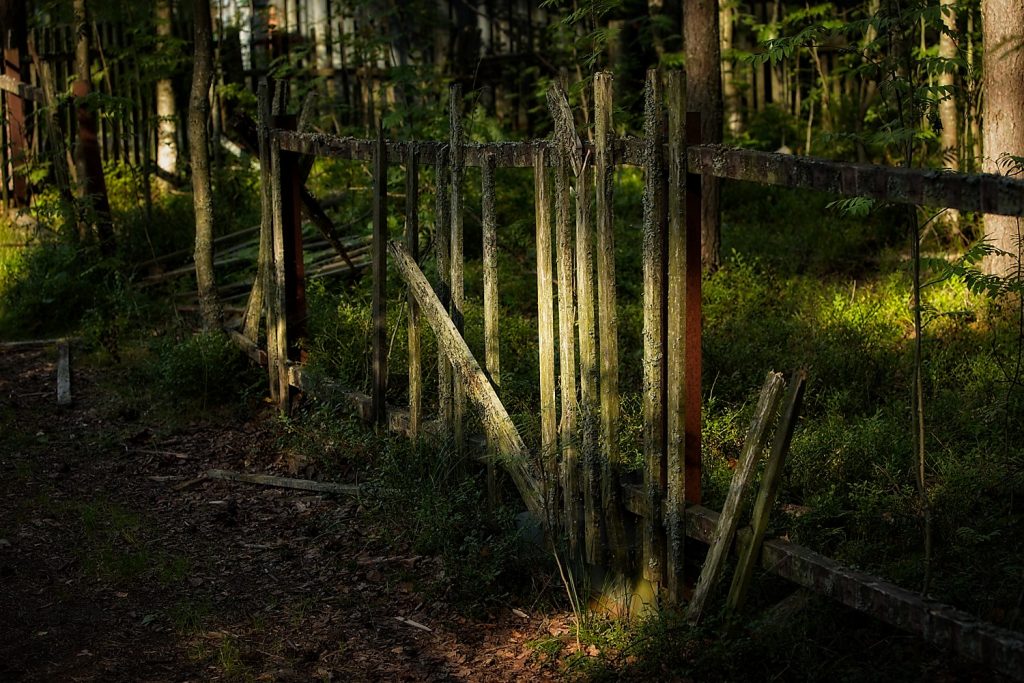
After Yeltsin came Putin. He initially really tried to built a relationship with the EU and the US. Putin’s Russia was the first country to offer the US help after 9/11. Putin also gifted the US the “Tear Drop Memorial”. He basically delivered everything the US asked for. He also opened to market to foreign investments and take-overs. Privatisations on a grand scale and unmatched corruption made a whole lot of people in Russia wealthy. And Putin’s inner-circle became insanely rich. His regime gave birth to “The New Russian”.
The scandalous rich
You definitely know the type, as they are a well-documented nouvelle rich archetype. The modern party Russian. Very welcome in every body correction clinic in the world. Banned from many hotels in the Middle East. And in the Far East. Before the sanctions hit them, they bought a lot of football-teams in Western-Europe. And they own huge houses in cities all over the world. And yeah, they have also discovered their own fairy-tale forest.
As those scandalous rich eyed the rustic beaches for their party palaces, the rules had to give or go. Money talks, so the government complied. Beautiful houses in Finnish style are torn down and replaced by ugly stone-buildings with tiny windows with bars. The plots are surrounded by massive stone fences, at least three meters high. Each fence has more security-cameras than an average bank, as the owner has more enemies than the average American gangster. Not a single tree remains standing, as houses are supplemented by dwellings for staff and security. Deep scars—caused by the construction of gas pipes, fiber optics, and sewers—mark the forest. Rustic sandy roads and paths have been paved. Lovely hand-painted street signs have been removed, and moose are nowhere to be seen. The two-lanes road through the area got a ten-lanes upgrade. And a luxurious high-speed train stops every hour at little train stations from another era.
Prison Romanticism
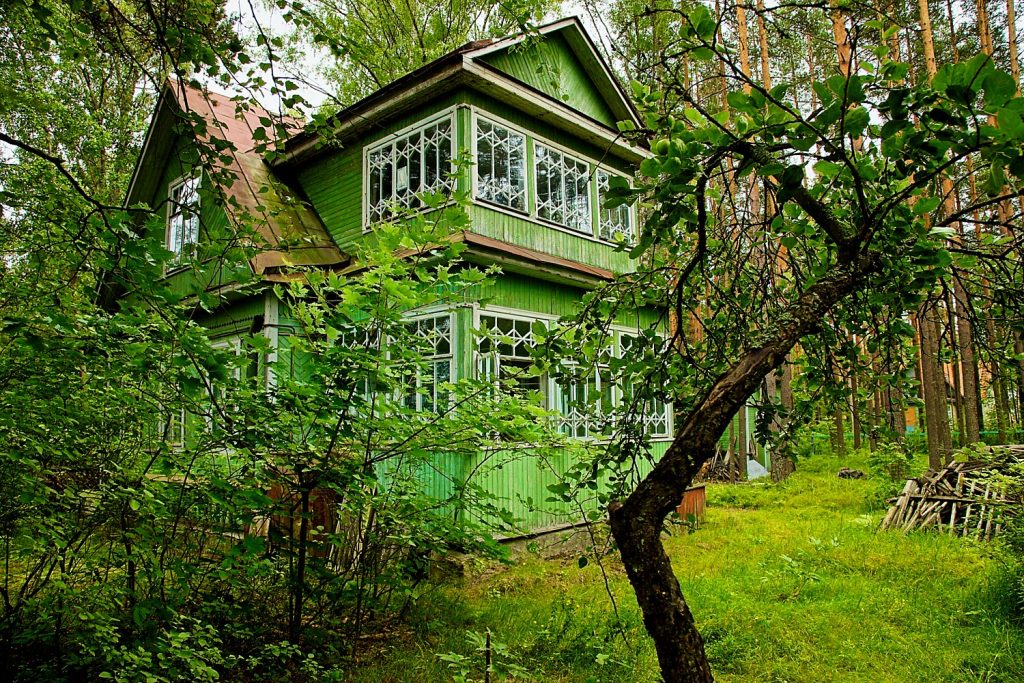
The regular inhabitants love their country and their village. They are at age and lived through a lot, with some even remembering Stalin. Their country survived other maniacal leaders and they know it will survive the current one too. They want nothing to do with these New Russians and their prison romanticism, but deep inside they long for the Soviet policy aimed at maintaining the Finnish tradition.
